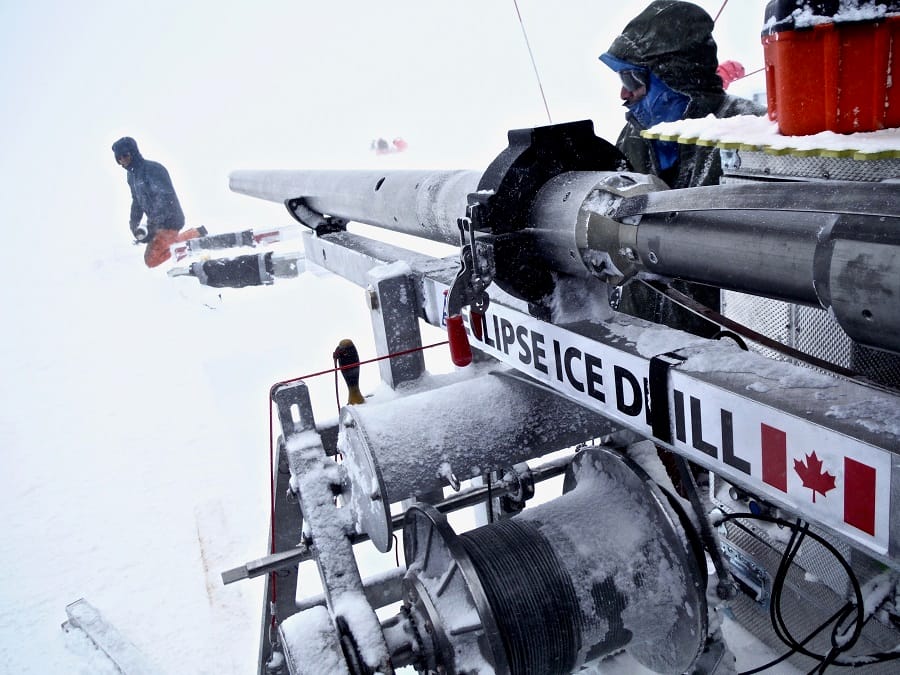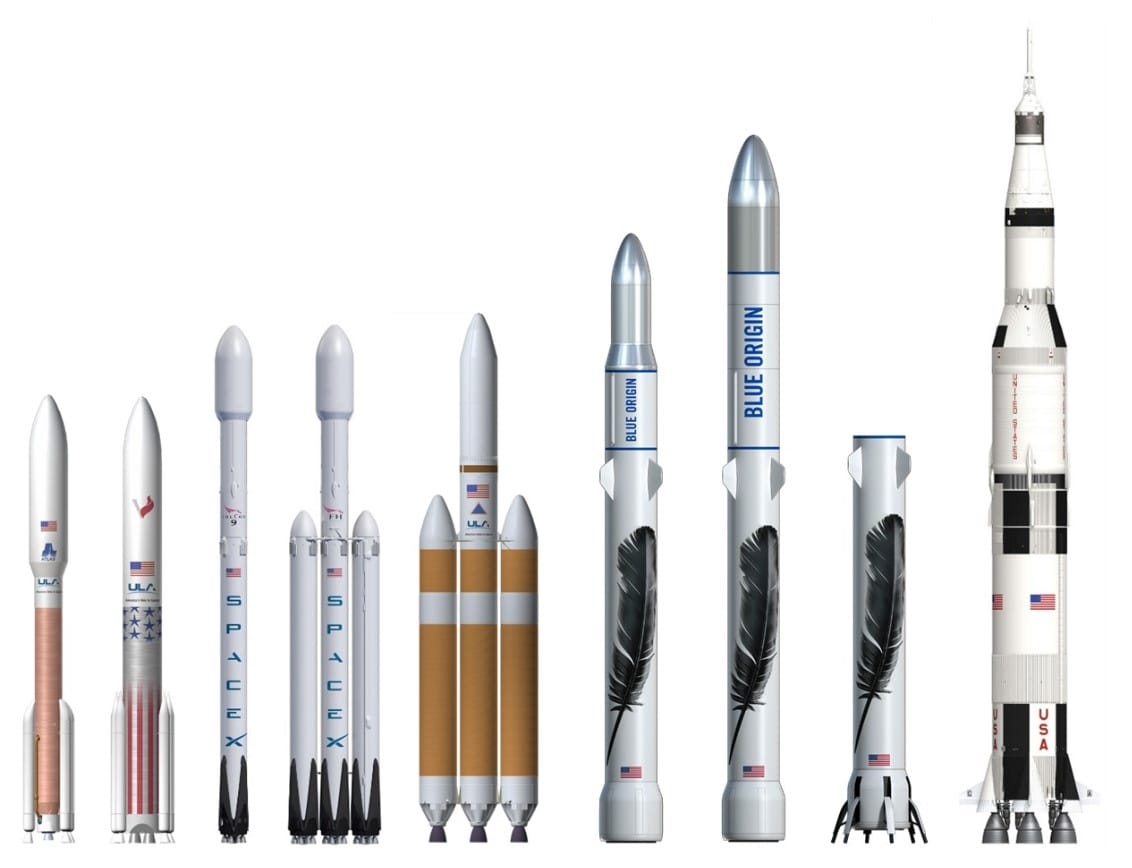The National Aeronautics and Space Administration (NASA) has announced the detection of an asteroid that has a small chance of impacting Earth in the year 2032. The asteroid, which has been designated as a potentially hazardous asteroid (PHA), has been identified through NASA’s asteroid detection and tracking systems. According to NASA, the asteroid has a 1 in 83 chance of potentially impacting Earth, although the agency notes that this is a relatively low probability.
The asteroid, which has not been officially named, is estimated to be approximately 150 feet in diameter. This size is significant enough to cause substantial damage if it were to impact a populated area. However, NASA emphasizes that the chances of an impact are relatively low and that the asteroid’s orbit is still being closely monitored.
NASA’s asteroid detection and tracking systems are designed to identify and monitor near-Earth objects (NEOs), which include asteroids and comets that have the potential to impact Earth. The agency uses a variety of techniques, including ground-based telescopes and space-based observatories, to detect and track NEOs. Once an asteroid is detected, NASA uses sophisticated computer models to predict its orbit and potential impact risk.
In the case of the asteroid in question, NASA’s models indicate that it has a small chance of impacting Earth in 2032. However, the agency notes that this is a preliminary assessment and that further observations are needed to refine the asteroid’s orbit and impact risk. NASA is working closely with international partners to continue monitoring the asteroid and to develop strategies for mitigating the risk of an impact.
The identification of potentially hazardous asteroids like this one highlights the importance of NASA’s asteroid detection and tracking programs. These programs are designed to provide early warning of potential asteroid threats, allowing for the development of strategies to prevent or mitigate impacts. While the risk of an impact from this asteroid is relatively low, its detection serves as a reminder of the importance of continued monitoring and tracking of near-Earth objects.
NASA’s asteroid detection and tracking programs are part of a broader effort to understand and mitigate the risks associated with asteroids. The agency is working closely with international partners to develop strategies for preventing asteroid impacts, including the development of asteroid deflection and disruption techniques. While these efforts are still in the early stages, they represent an important step forward in our ability to protect Earth from asteroid threats.
In conclusion, while the asteroid identified by NASA has a relatively low chance of impacting Earth, its detection serves as an important reminder of the need for continued monitoring and tracking of near-Earth objects. NASA’s asteroid detection and tracking programs are critical to providing early warning of potential asteroid threats, and the agency’s work in this area is essential to protecting Earth from asteroid impacts.



